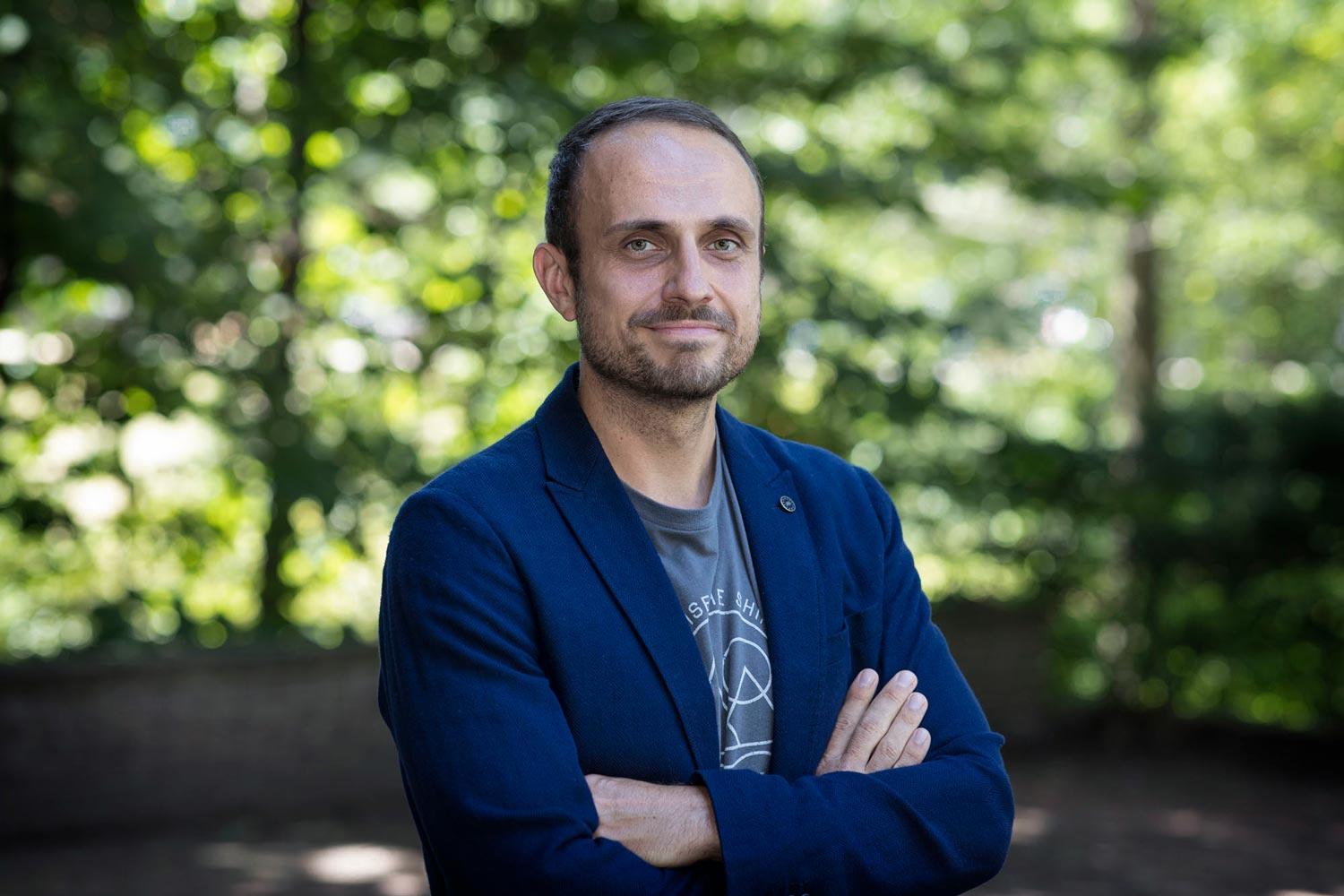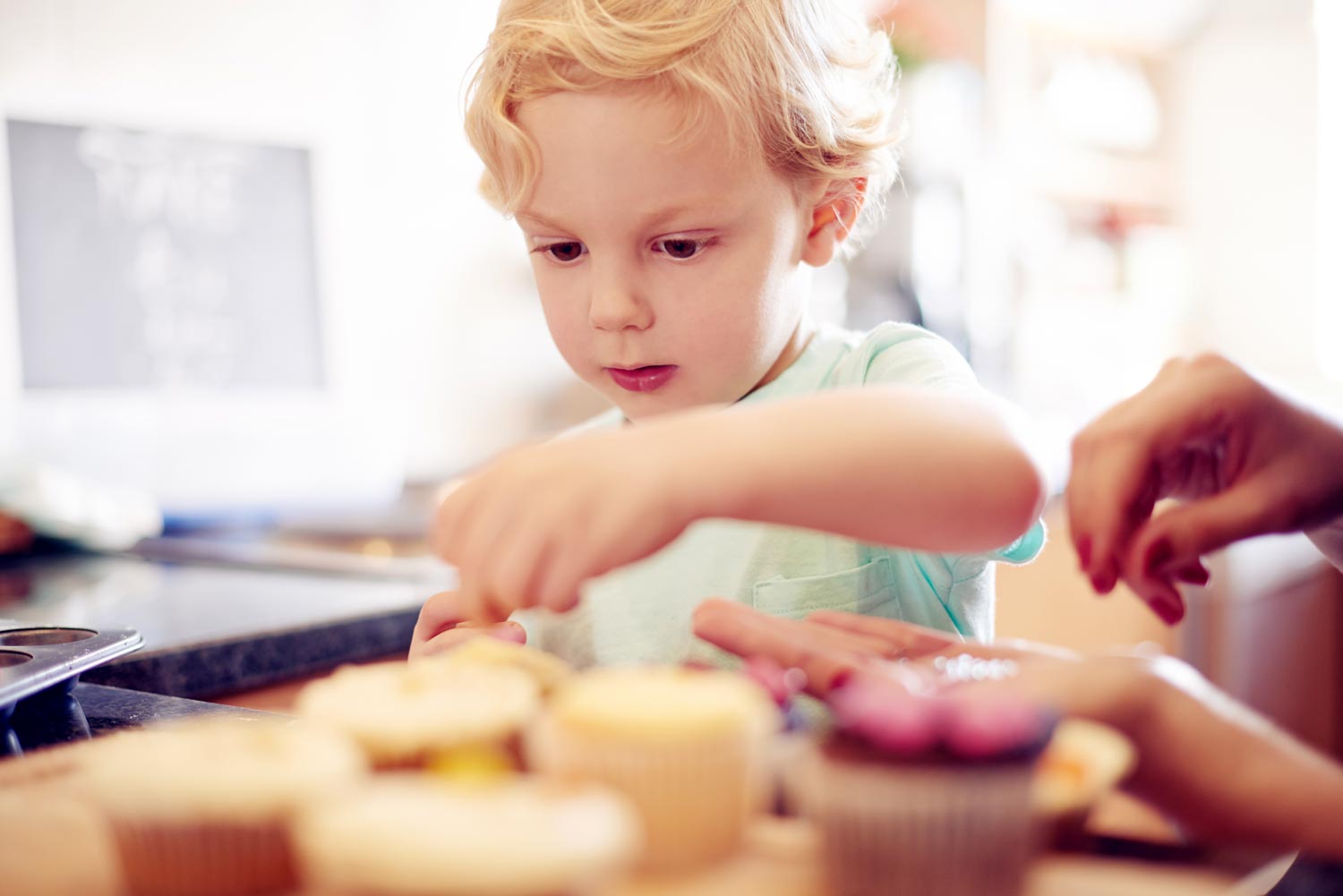New research from the University of Virginia finds altruistic behavior in toddlerhood is first predicted in 7-month-old infants.
Work led by psychology professor Tobias Grossmann and published Tuesday in PLOS: Biology, a peer-reviewed journal, used eye tracking and brain imaging to study the 7-month-old babies’ reactions to three facial expressions: angry, happy and fearful.
In particular, the infants’ responses to fearful faces predicted the helping behavior at 14 months of age. “You don’t see this in response to happiness or anger, and that’s a very important finding,” Grossmann said. “The findings suggest it’s not just responding to another person in general, but it’s responding specifically to a person signaling that they are in distress, that they need help.”
Grossmann and his colleagues followed 64 infants and their parents during the children’s first two years of life.
At 7 months, the babies, seated in a parent’s lap, were fitted with caps that measured their brain activity when viewing photos of real people exhibiting anger, happiness or fear. Researchers then tracked the baby’s eyes as they viewed the photographs.

Tobias Grossmann is the director of UVA’s Baby Lab, where his team studies the early emergence of social development in infants. (Photo by Dan Addison, University Communications)
Grossmann said the brain scanning and eye tracking help researchers gather information they could not otherwise get from an infant. “You cannot ever generate any direct causal evidence to say there’s a link between empathy and altruism as you could hypothesize in an adult,” he said. “With infants, you simply have to look at some early markers.”
The eye tracking told his team what the babies were paying attention to, what they looked at first and how long they looked at an image once they oriented to a particular facial expression. The brain imaging focused on an area called the dorsolateral prefrontal cortex, which focuses on selective attention.
Seven months later, the babies participated in two activities in which an unfamiliar adult needed help to reach a goal. In the first, the adult drops a pen she was using. In the second, an adult is using tongs to fill a box with balls and runs out of balls. In both scenarios, the babies who displayed heightened attention to the fearful faces at 7 months were more likely to help than those who did not display heightened attention to fearful faces.

Grossmann said the test ages were deliberate. “Fourteen months is the youngest age at which you can measure prosocial behavior in infants, and 7 months is the youngest age, based on previous work, that we can say that they can even distinguish fearful faces from other negative expressions,” he said.
Should parents who are not seeing helping behavior in their 14-month-old be concerned? Grossmann said there’s no need for worry.
“There is a myriad of reasons as to why the child might not have displayed helping,” he said. One reason could be that he or she is shy. “This doesn’t mean that the child doesn’t have any altruistic motivations. … It’s just that they are really selective initially about who they are even engaging with in the first place. It’s not a sign of atypical development if they don’t help at this young age.”
Another reason his team targeted the 14-month age group is because “when you look four months or even eight months later, you don’t get much variability in terms of helping, so almost a whole entire sample would respond altruistically.
“So, we looked at an age when [altruistic behavior] first emerges, but also when there is still a great variability,” he added. “Out of the sample of 64 infants that we tested, 40 did help and 24 did not help. And that’s not unusual.”
Media Contact
Article Information
September 25, 2018
/content/your-toddler-helper-new-research-may-explain-why

